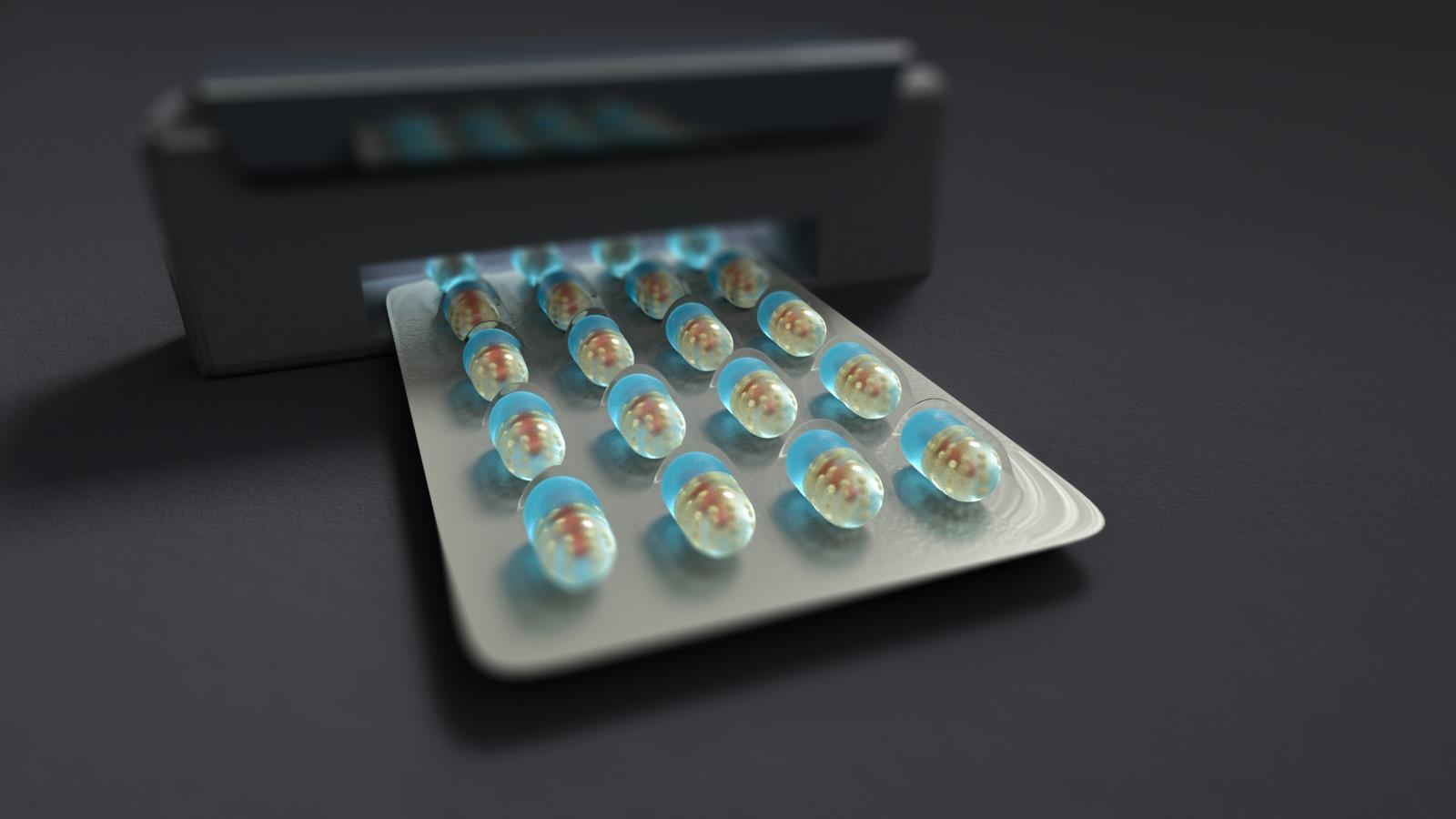
From Rust to Robotics: The Astonishing Evolution of Manufacturing!
In the annals of human history, the art of manufacturing has undergone a metamorphosis so profound that it has reshaped …

Patient-friendly medicine is the real need upon identifying the diseased area. 3D technology must be involved in designing the desired drug. 3D printing of drugs has stepped up by printing the drug layer by layer that is fluid soluble. With the new drugs being discovered, personalized medication help to reduce the obvious side effects. This will be beneficial in the case of those patients who intake medicines in higher concentrations daily.
The predominant technology in 3D drug printing is a fused deposition model, powdered bed printing, and stereolithography.
Powdered drug designing enables the production of small molecule drugs. Some manufacturers develop machinery that enables 3D printing. A recently developed 3D printer can deliver customized medicines with a dosage that is specific for every individual. For patients with multiple complications and complex medicine regimes, the 3D printers develop polypill that is a combination of drugs.
Inkjet printing and UV curing have evolved with the production of 3D tablets for diseases like Parkinson’s. Also, masking options are available for oral drugs using a 3D printer making the oral pill much tastier. Infants and children who resist the intake of medicines will benefit from 3D drug printing that can design the drugs in more attractive colors and flavors. The drugs consumed and prescribed to kids must be specified at the tender age. Splitting the tablet, and diluting the liquid medicine can be avoided with 3D drug printing. There is research going on to develop tablets in shape and pattern chosen by the kids.
3D printing enables the production of drugs in the vicinity of the patient. We can avoid carrying the medicine on a journey or even import medicines from the distant place rather the customized drug printing can be decentralized. The decentralized 3D drugs have a gross impact on low-income countries and rural areas, where the availability of important drugs is minimal. 3D printers can be stationed at the pharmacy that makes it easier for the doctors to prescribe personalized medication to the patients.
Along with the 3D printers, there is also hyperspectral technology that helps in the analysis of the drugs produced by 3D printing. By capturing the intensity of electromagnetic radiation across the drug produced the composition of the drug can be studied. To avoid the mishandling and any side effect formulation of the drugs can be taken care of by the drug designer, giving access to the final user to choose the shape and flavor.

In the annals of human history, the art of manufacturing has undergone a metamorphosis so profound that it has reshaped …

In the labyrinth of modern industry, where the flames of innovation flicker and the winds of change howl, there exist titans—visionaries …

One name stands out like a towering titan in the fast-paced realm of modern business – Amazon. From its humble beginnings as an online …

Entrepreneurs who strive to carve their niche in the Business sector definitely should be conscious of the latest trends that make their way …